If you’ve been on social media in the past few years, I’m sure you remember the black square posts of 2020.
After the murder of George Floyd on June 2, 2020, many Instagram users participated in Black Out Tuesday — a movement where a simple black square was posted to raise awareness about police brutality and systemic racism. With this, activists questioned its effectiveness.
What was a black square actually doing to help?
Since then, social media activism has become more prominent. According to a poll done by the Pew Research Center, 46% of Americans participated in some form of political activism on their social media accounts in 2023.
As an avid Instagram story user, I am part of this 46%. I often repost different graphics, calls to action and news articles about different political or social issues, and sometimes I have the same questions for myself. I’ve even had peers respond or message me asking if I thought that I was actually making a difference with my posts.
With less than 1,000 followers and many like-minded friends, is my voice helping anyone, or is it merely a drop in the ocean? Enengy Schutt, a fourth-year student at the University of Minnesota, would argue the latter.
“I post content that I feel is digestible and necessary,” Schutt said “Anything that I come across on my feed that I feel could genuinely enrich someone’s understanding of a situation, I repost.”
Sometimes, however, our social media habits are the only ones we can control.
“I know that a lot of people are consciously disengaging from that content, and so my reposting it doesn’t do much for them, but it does help the account owners get out their message, organizations and families getting exposure for their fundraisers, connect community members to related events in their area, and maybe give those who are uninformed a new or deeper perspective,” Schutt said. “It also makes me feel like I’m doing something to help at a time when so many people need it.”
According to statistics from the University of Maine, the average daily time spent on social media is about two and a half hours. If we spend that much time scrolling on various platforms anyway, maybe we could spare some of it by sharing or consuming activist-related content.
“It’s way too easy to spend hours on scroll mode without engaging with anything meaningful or thought-provoking, and with atrocities happening all over the world there should be critical thinking going into everyone’s understanding of them,” Schutt said.
My first experience witnessing the impact social media activism could have was in high school during the COVID-19 pandemic. At my school, there were a lot of debates about mask mandates and many of my classmates opted out of wearing them, which sparked district-wide social media debates and petitions. For myself, I have several immunocompromised family members and I saw wearing a mask as a way of protecting them.
Thinking back, my classmates who posted in support of wearing masks or having these mandates may not have done much to sway the school district’s rulings on the subject. We attended a large public school so many of the guidelines were largely state and county decisions.
However, I remember how these posts affected me. They made me feel safer. They made me feel like someone else cared about my and my family’s well–being during this time.
Ollie Landry, a third-year student at the University of Minnesota, has a similar motivation when sharing content.
“I think that showing solidarity on social media is super important because many social issues — whether big or small — can feel very isolating for those that they affect,” Landry said. “Having the ability to show those people that they aren’t alone and show support through the simple click of a few buttons is a privilege. Social media is a resource, and it’s important that we use it because what seems like small actions or meaningless posts can have a positive effect on both the mental health of others and a movement itself.”
Don’t get me wrong, I can understand why simply posting a black square can be unhelpful or why people may grow weary of seeing the same Canva graphics reposted over and over again on Instagram. As I said, perhaps my online presence is merely a drop in the ocean of the content out there. But at the same time, all bodies of water are made up of drops.
Even if it makes just a marginal difference in one person’s opinion, or makes just one person feel safer, for me that one is more than enough.


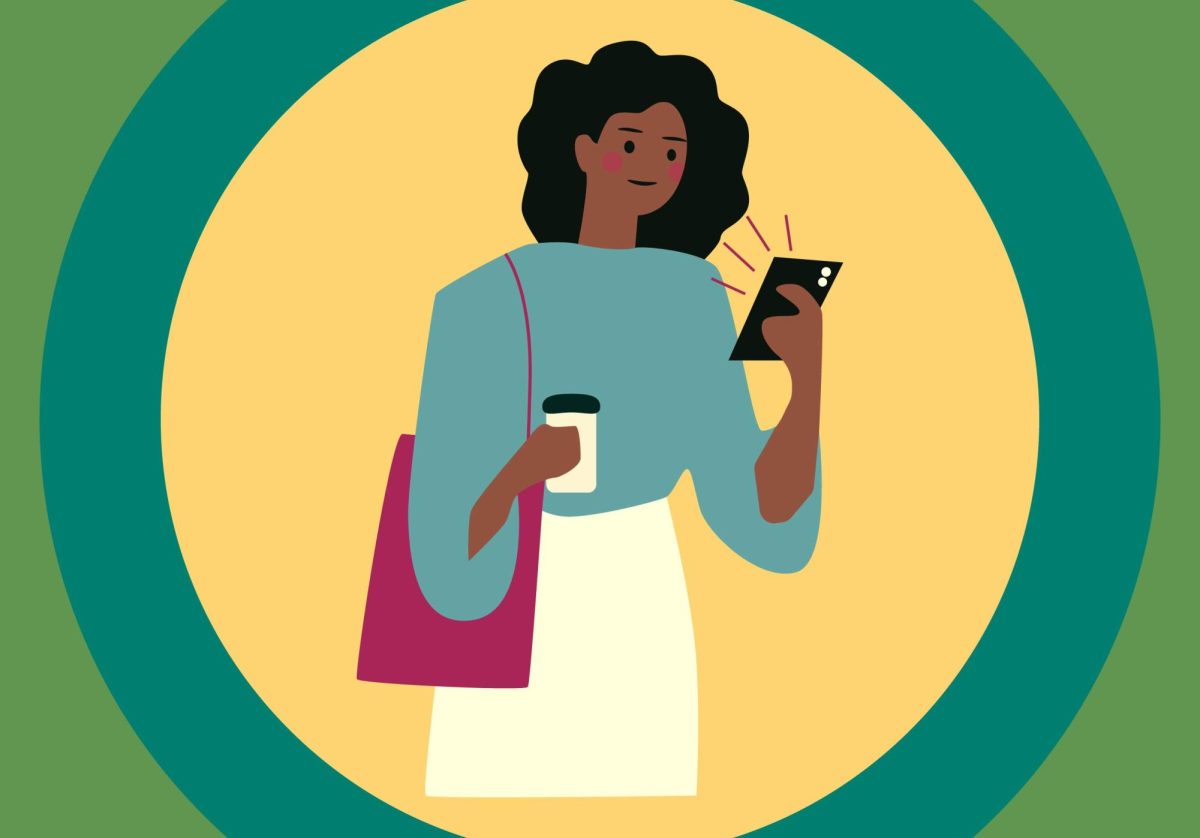




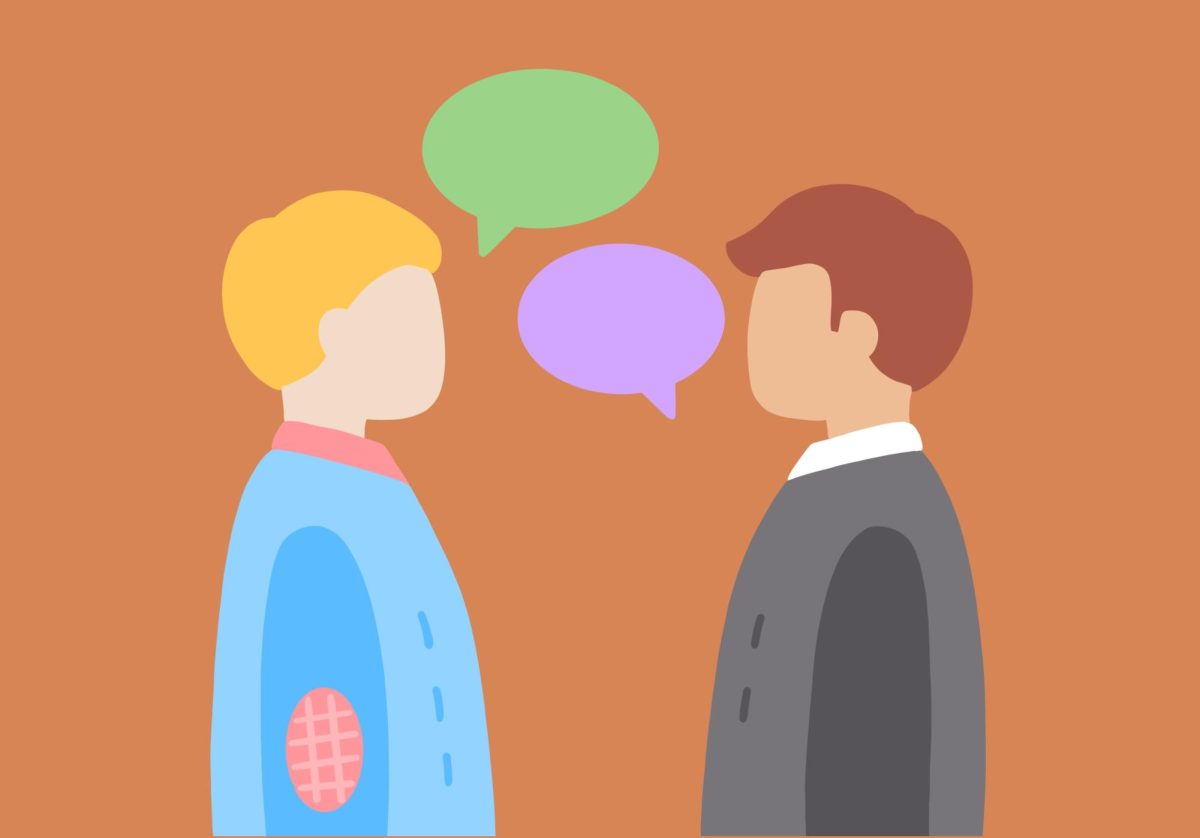
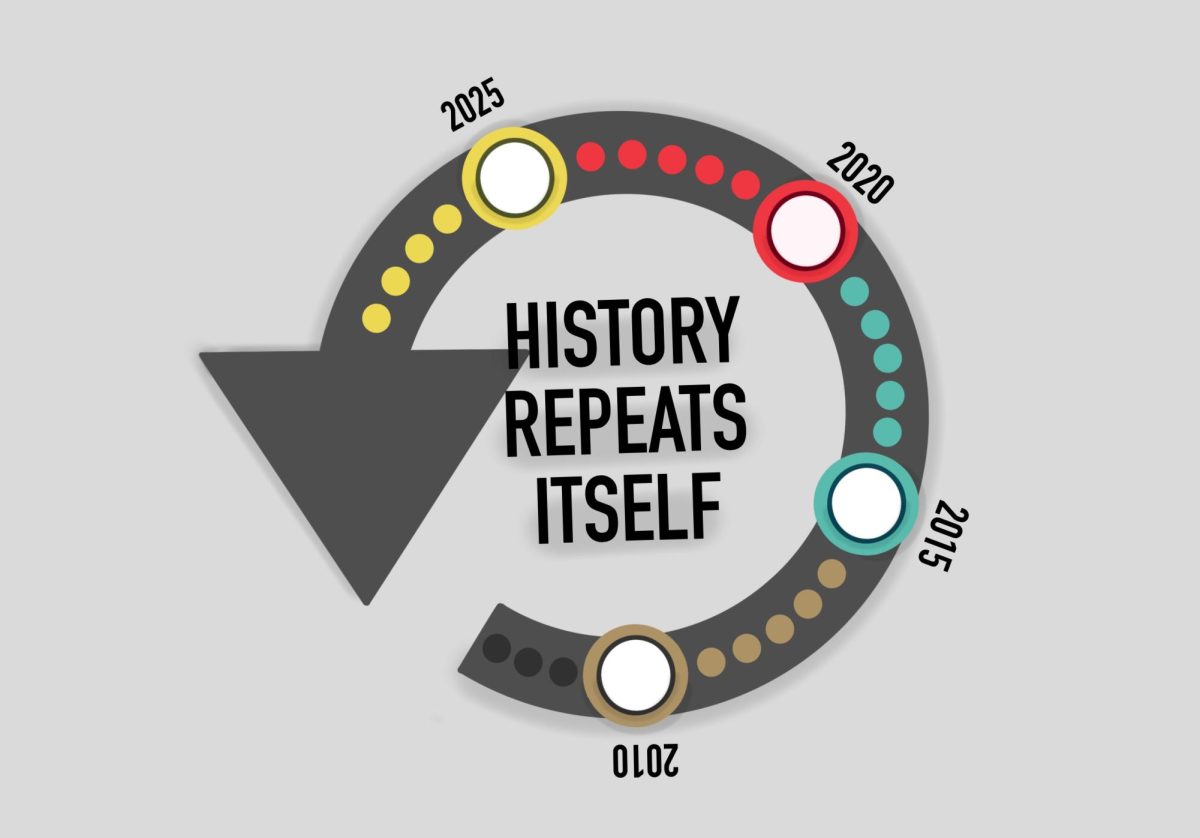



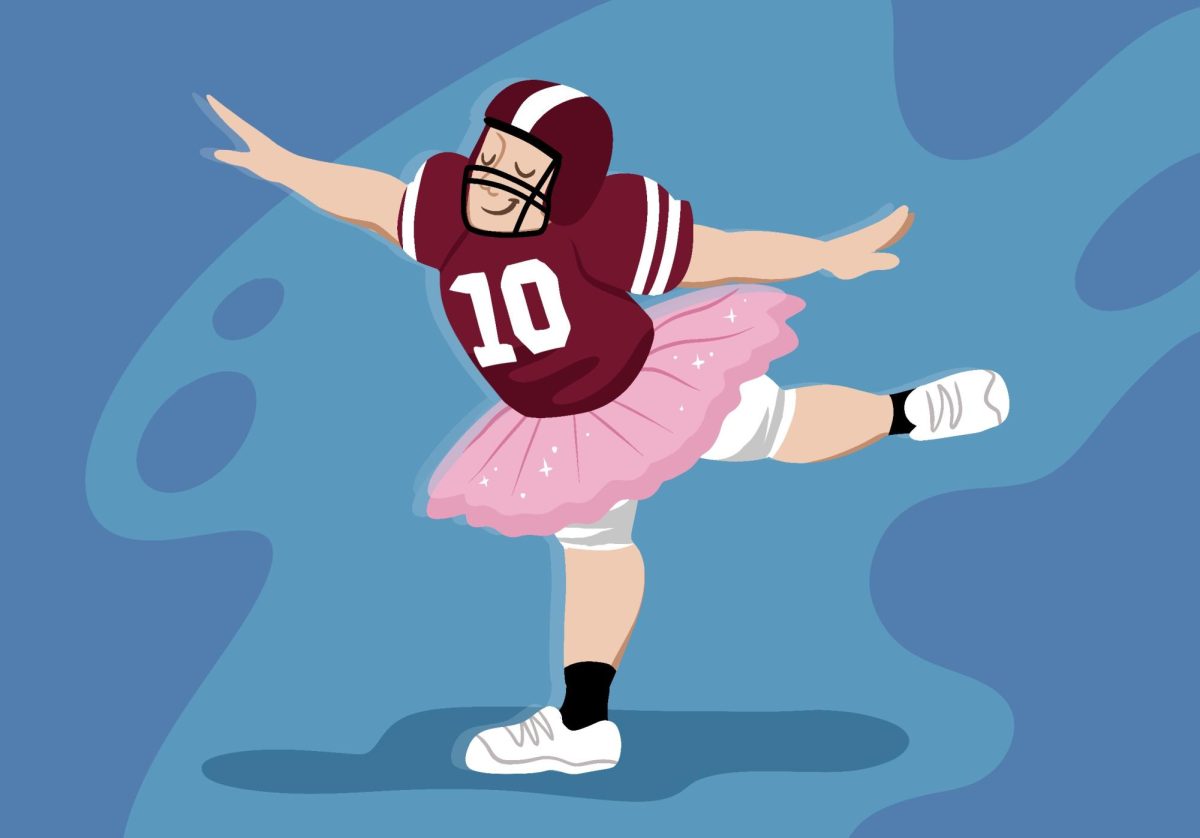
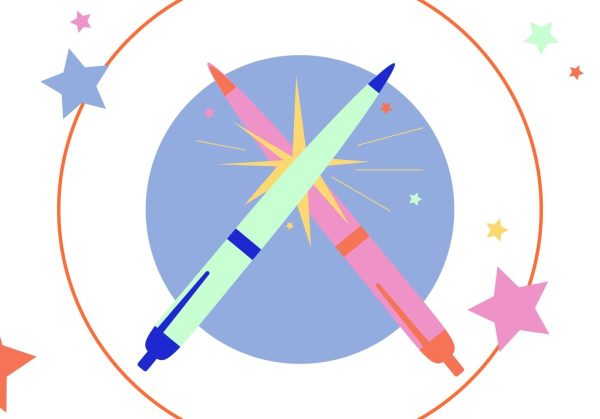
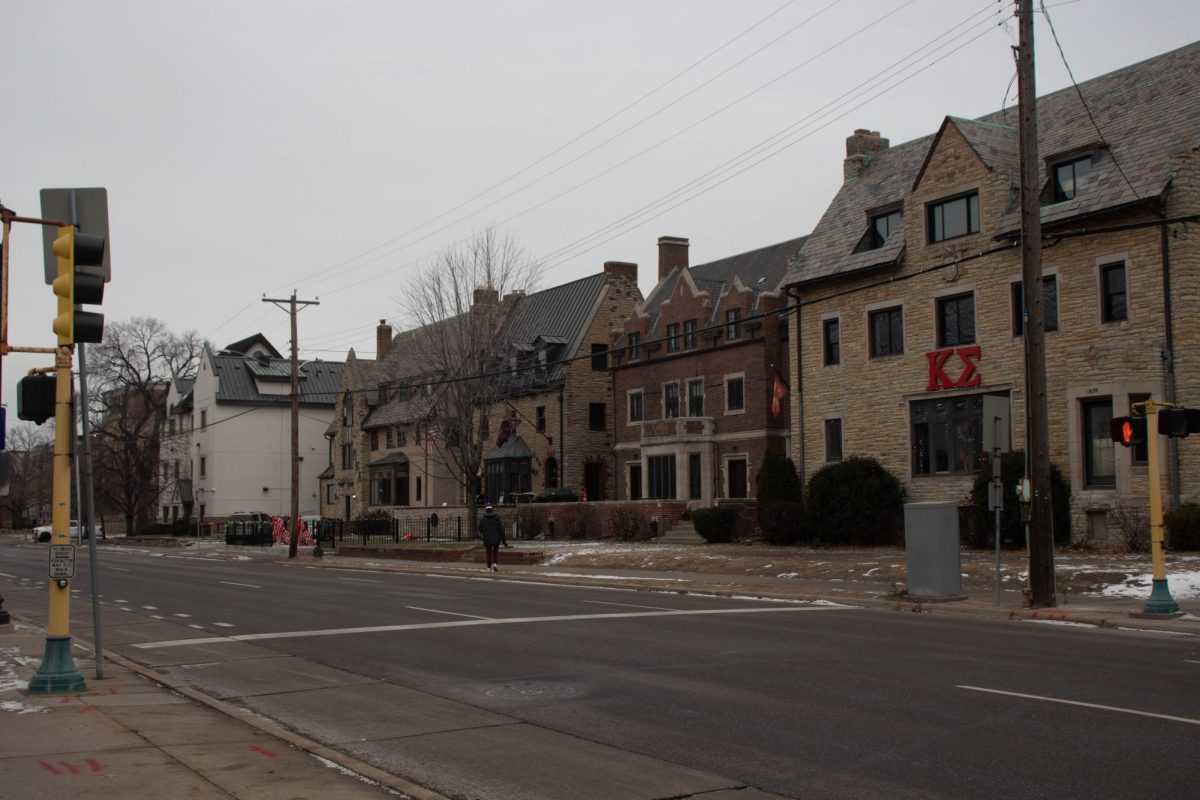
aw
Jun 5, 2024 at 4:40 pm
This isn’t just a question of the reach of graphics shared on social media, although that’s one facet of the issue.
Anyone can say (virtually) anything on social media. It’s a place for sharing opinions and can also provide important exposure for primary sources about current events (e.g. people directly recording their experiences). But beyond that, passing around information secondhand with no verification or vetting beyond a nice veneer of a Canva graphic is misguided at best and dangerous at worst.
I’m not saying most of these graphics are intentionally or knowingly false, but there is a lot of room for variation. How one person chooses to reduce a complex topic into a headline can be wildly different- just look at how news outlets with different political bents cover the same stories. Are we expecting people on social media to perform differently? Even if it isn’t a matter of consciously misrepresenting things, there is so much room for interpretation even in “objective” facts. Statistics are very easily manipulated while staying mathematically true (e.g. using 110% vs a 10% increase vs 1.1x to describe a change, all of which are mathematically equivalent, yet have different perceptions). And that isn’t even getting into the meta biases of how, why, and by whom those stats were gathered in the first place.
My point is that objective information on social media is largely an illusion, even when people are trying to be honest. Which they have absolutely no obligation to be.
For talking about mask mandates on a local level *maybe* there is more benefit than harm. But from what I’ve experienced, and especially with political topics like masks, the only people who are ‘influenced’ by such graphics are those who already agree with them. Solidarity is great, but at what cost? Further cementing division? What about the people creating similar graphics with blatant misinformation?
Enengy Schutt
Jun 5, 2024 at 11:56 am
so well written! thanks for writing about something that’s so important to so many people and movements 🙂